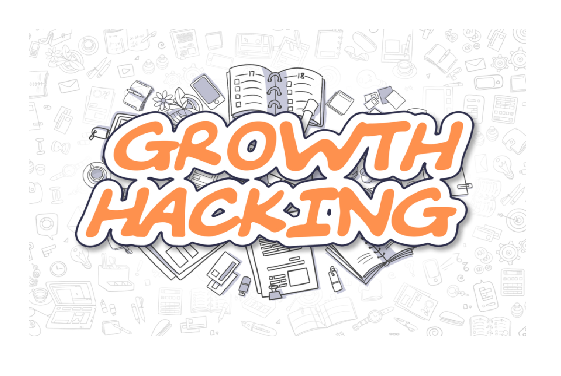TYPE
Growth Hacking Strategies- Pirate Metrics- Stage 2
Summary: The following would be a part 2 of 6 part series- where we will dive into the various growth hacking strategies defined specifically for each stage. But wait, stages of what? Read more to find out !
Before we delve into the next stage, a quick recap on our previous blog that talked about the first stage of “Pirate Metrics (AAARRR)” for growth hacking strategies- divided into 6 stages, which are: Awareness, Acquisition, Activation, Retention, Revenue and Referral.
If you missed out on what do we mean by “Pirate metrics” refer to our last blog (Here) for a detailed description!
So after we have created enough “awareness” of your product and brand within the target audience, it's time to generate “acquisition”.
Stage 2: Acquisition
Where are our users/ customers coming from?
Step 1: Cover as many avenues/ platforms to reach your audience.
A single touchpoint isn’t often enough at this stage. That is why organizations use several channels to gain visibility. These channels could include:
- SEO (search engine optimization) is an important channel to gain visibility through Google. If a user finds your website through google, it would increase the in-bound footprint on your website.
- Blogging your way through a consumer’s mind. It becomes a means of an “on-going” conversation with a broad audience on a regular basis.
- Email marketing as a key distribution channel.
- Influencer marketing helps to create brand images and personas, and through influencers the consumer is made to relate and associate with the product.
Step 2: Gather customer personas.
The goal of this stage is to tap into bigger or niche user bases to attract more customers. So how do you do that?
Your customers are defined through various demographics such as names, age, emails and geographical locations.
The information gathered allows marketing specialists to create customer personas. These customer avatars let the brand know how to position their product to achieve a better market fit.
For any customer journey that's directed through a company website, what are the crucial steps?
It's important to gather relevant information at every step of your customer journey in the funnel and NOT just look at the final conversion to a customer, as every mico-conversion along the way counts. For eg- just because someone signs up for your emails, doesn't mean they are looking to purchase your product (right now). Maybe your incentive of a free book/ pass/ exclusive content access, got them to sign up. Only if the lead moves through the next micro-conversions, you can count it to be a conversion.
So they crucial questions you need to be asking about your acquisition strategy are:
- What channel is driving the most traffic?
- What channel is performing the best (%) for customer conversions?
- What channel has the lowest customer acquisition costs (CAC)?
Poor distribution channels and not the product, can be a cause of failure. A single successful channel getting you business, is more effective than you trying several but not nailing even one.
Growth Hack Strategy for Acquisition: These can be of various kinds, but few tried and tested techniques are:
- Two sided referrals hacks (For eg- Dropbox “created” a platform of interested users an incentive of giving free storage to recommend dropbox to their friends)
- SEO (search engine optimization) and SEM (search engine marketing) together allow for improved brand visibility on google search by paying the search engine to show up on specific queries that users type.
- Create Ad campaigns crafted to fit the customer personas created
- Roughly 80% of marketers have reported an increase in email engagement over the past 12 months. (Source: HubSpot Study, 2020) and email marketing has found to have the highest return on investment for small businesses.
- Establish your email sign up on your website and promote across social media platforms, and add benefits such as free content, coupon codes, trials, etc to improve the click through rate.
Conclusion: Growing businesses in the competitive environment is already hard, and without a well planned growth hacking strategy for acquisition, startups have little to no chance of consumer conversions.
However, once you’ve acquired a customer and have him download the app, how do you ensure he doesn't delete it after using it once?? Cue to our next stage “Activation” which would help you strategically ensure loyalty of customers.
Tune in for the part 3 of this series coming next!!

 SUBSCRIBE
SUBSCRIBE
